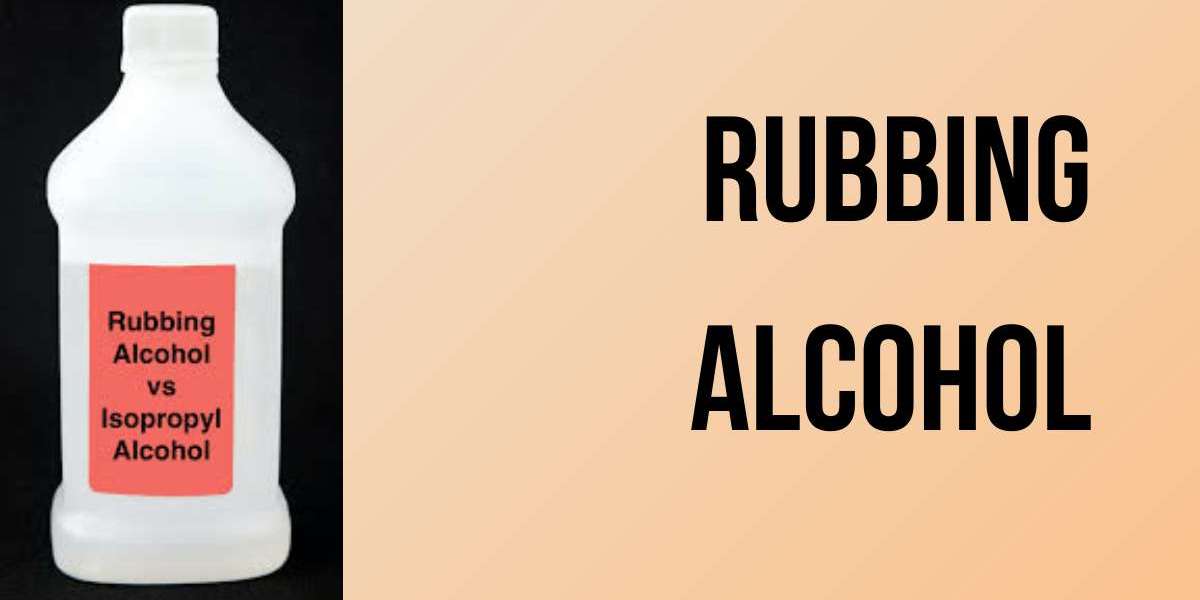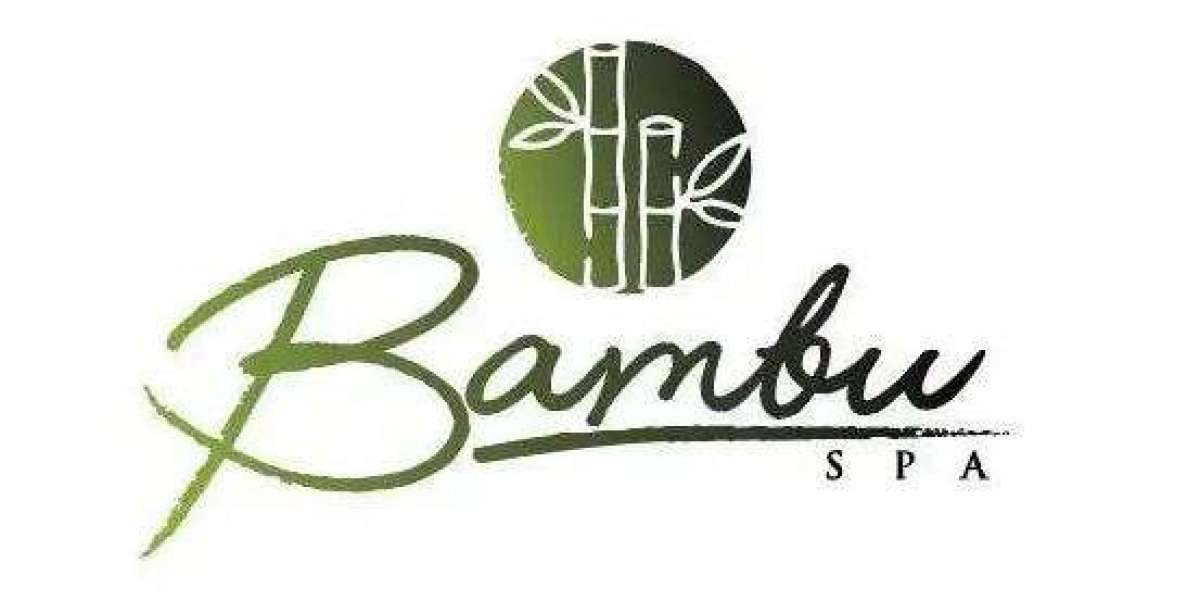Rubbing alcohol is a common household item with numerous uses, making it a staple in many homes. Whether you need it for cleaning, disinfecting, or personal care, understanding the versatility of rubbing alcohol can help you utilize it effectively. In this guide, we will explore what rubbing alcohol is, its various applications, safety measures, and how it compares to other disinfectants.
What Is Rubbing Alcohol?
Rubbing alcohol typically refers to isopropyl alcohol or ethanol, usually mixed with water and other ingredients. The concentration of alcohol can vary, with common concentrations being 70% and 90%. The higher the percentage, the more effective it is for certain applications, but a lower concentration is often better for disinfecting surfaces due to its ability to penetrate cells and kill bacteria effectively.
Key Types of Rubbing Alcohol:
- Isopropyl Alcohol (IPA): Most common form, typically found at 70% or 91% concentration.
- Ethanol (Ethyl Alcohol): Found in some rubbing alcohol formulations, often at 60% to 70%.
Uses of Rubbing Alcohol
Rubbing alcohol has many applications across various fields. Here are some of the most common uses:
1. Disinfecting Surfaces
One of the most effective uses of rubbing alcohol is for disinfecting surfaces. It can eliminate up to 99.9% of germs, making it an excellent choice for cleaning countertops, doorknobs, and other frequently touched items.
2. Personal Care
- Hand Sanitizer: Rubbing alcohol can be used to create a homemade hand sanitizer. Mix 60% to 70% rubbing alcohol with aloe vera gel for a soothing and effective hand rub.
- Skin Cleaning: It's often used to cleanse minor cuts and scrapes, preventing infection.
- Removing Makeup: Use rubbing alcohol to remove stubborn makeup, especially waterproof products.
3. Household Cleaning
- Window Cleaner: Mix rubbing alcohol with water for a streak-free window cleaner.
- Stain Removal: It can be effective against ink, grease, and other tough stains on fabrics and carpets.
4. Medical Uses
- First Aid: Rubbing alcohol is commonly used in first aid kits to clean wounds and disinfect instruments.
- Massage Therapy: Some people use rubbing alcohol for massages to relieve muscle soreness.
5. Deodorizing
Rubbing alcohol can help eliminate odors. Spray a solution of rubbing alcohol and water in areas with unpleasant smells to neutralize them.
6. Pest Control
Using rubbing alcohol can help kill pests like fleas, mites, and other insects. Spraying it directly on the pests can provide quick results.
7. Electronics Cleaning
Rubbing alcohol is safe to use on electronics. It evaporates quickly, leaving no residue behind, making it perfect for cleaning screens and circuit boards.
Safety Measures When Using Rubbing Alcohol
While rubbing alcohol is effective, it is essential to use it safely. Here are some safety tips:
- Avoid Ingestion: Rubbing alcohol is toxic if ingested. Always keep it out of reach of children and pets.
- Use in Well-Ventilated Areas: The fumes can be harmful, so ensure good ventilation when using it.
- Flammability: Rubbing alcohol is highly flammable. Store it away from heat sources and flames.
- Skin Sensitivity: Some people may experience skin irritation. Conduct a patch test before applying it to larger areas of skin.
Comparing Rubbing Alcohol to Other Disinfectants
When choosing a disinfectant, many people wonder how rubbing alcohol stacks up against alternatives like bleach and hydrogen peroxide.
Rubbing Alcohol vs. Bleach
- Effectiveness: Both can kill germs, but rubbing alcohol is often preferred for skin cleaning.
- Safety: Rubbing alcohol is less toxic compared to bleach, which can release harmful fumes.
Rubbing Alcohol vs. Hydrogen Peroxide
- Effectiveness: Both are effective disinfectants, but rubbing alcohol works faster on bacteria and viruses.
- Staining: Hydrogen peroxide can bleach fabrics, whereas rubbing alcohol generally does not.
Key Takeaway
For many common cleaning and disinfecting tasks, rubbing alcohol provides a safe and effective solution that outperforms some alternatives.
Statistics on Rubbing Alcohol Usage
- 70% Alcohol: The CDC recommends using a rubbing alcohol concentration of at least 70% for effective disinfection.
- Consumer Demand: Sales of rubbing alcohol increased by over 300% in 2020 due to the pandemic.
- Household Use: A survey indicated that 87% of households reported using rubbing alcohol for cleaning purposes.
Quotes from Industry Experts
“Rubbing alcohol remains a trusted disinfectant due to its efficacy and versatility. It's a must-have in every household,” says Dr. Jane Smith, a leading expert in public health.
Conclusion
Rubbing alcohol is an invaluable product for both personal care and household cleaning. Its wide range of uses, from disinfecting surfaces to personal hygiene, makes it a top choice among consumers. By following safety guidelines and understanding its applications, you can maximize the benefits of rubbing alcohol in your daily routine.








